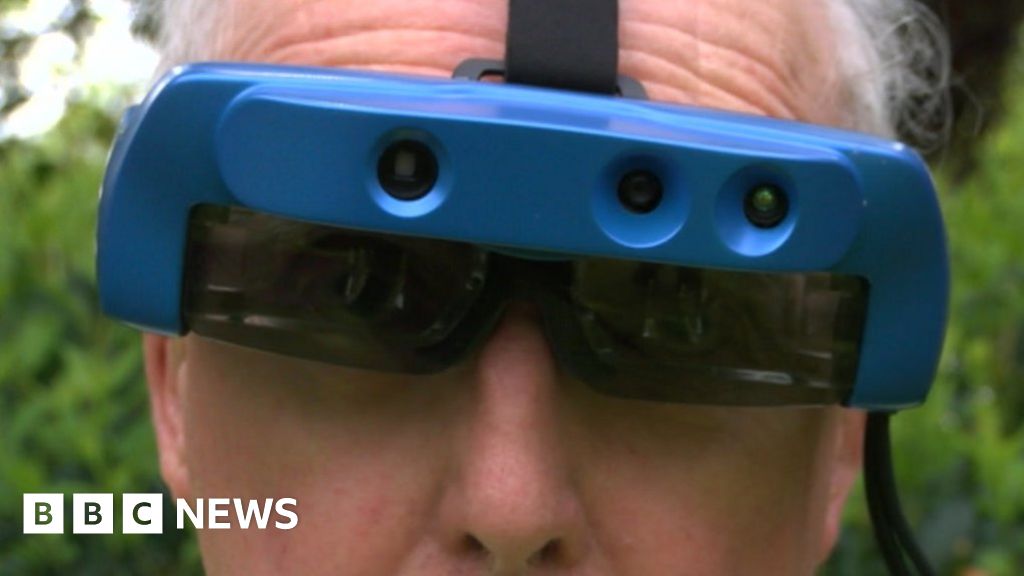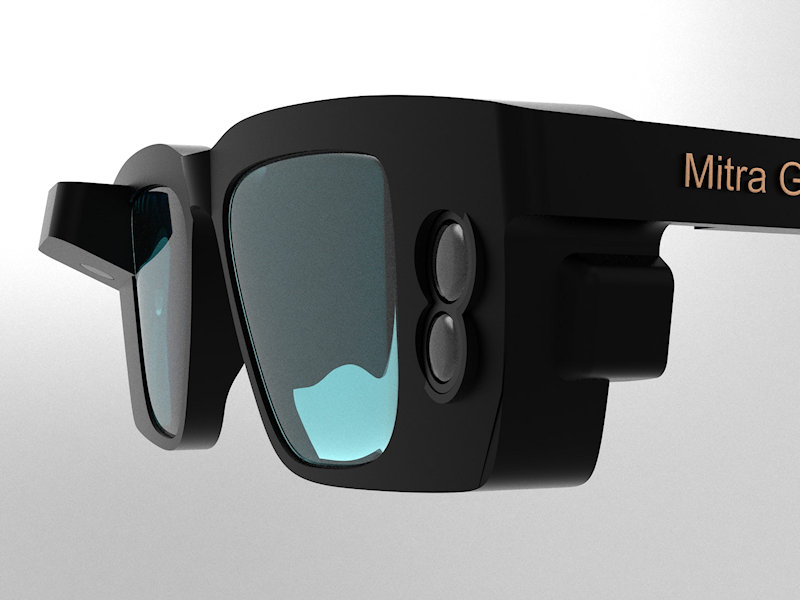Enhancing Access Via Assistive Modern Technology for the Blind
The integration of assistive innovation for the blind represents a critical improvement in access, basically changing how people browse their settings and engage with culture. From screen visitors to cutting-edge smart canes, these devices not just enhance independence yet likewise promote inclusivity in different rounds of life. As we discover the varied sorts of assistive tools and their tangible effect on everyday living, it becomes important to examine just how ongoing technological innovations are improving the landscape of support for the blind community. What implications do these growths hold for the future of access?
Summary of Assistive Modern Technology
Assistive technology refers to a series of devices and software application developed to enhance the capabilities of people with impairments, including those who are aesthetically damaged or blind. This modern technology plays a critical function in advertising self-reliance and boosting the top quality of life for individuals. By giving alternative approaches for accessing information and executing daily tasks, assistive innovation equips individuals to navigate their settings a lot more successfully.
The advancement and execution of assistive technology welcome a range of principles intended at promoting ease of access. These concepts consist of user-centered layout, which focuses on the needs and choices of the individual, and the combination of modern technology right into everyday activities. Such developments guarantee that assistive devices are not just functional however very easy and likewise instinctive to make use of.
Furthermore, assistive modern technology encompasses a varied range of services, from low-tech alternatives like magnifiers to high-tech developments such as display visitors and Braille display screens. The ongoing advancement of this area is driven by the need to deal with the one-of-a-kind obstacles faced by individuals with aesthetic disabilities (Wearable technology for low vision). As technology remains to breakthrough, the capacity for boosting accessibility and promoting inclusivity stays encouraging, eventually contributing to an extra fair culture

Sorts Of Assistive Tools
Numerous kinds of assistive tools are offered to sustain people who are blind or visually damaged, each developed to resolve certain demands and difficulties. These devices can be generally classified right into three primary kinds: low-tech, mid-tech, and modern remedies.
Low-tech tools consist of things such as magnifiers, Braille labels, and responsive maps. These are fairly easy devices that enhance the individual's ability to interact with their atmosphere without calling for intricate technology.
Mid-tech gadgets usually entail extra advanced features, such as electronic magnifiers and mobile Braille note-takers. These devices can supply functionalities like speech output, enabling customers to gain access to info more effectively.

Impact on Daily Living
The availability of different assistive gadgets dramatically enhances the lifestyle for people that are visually impaired or blind, influencing their daily living in profound ways. By incorporating innovations such as display viewers, Braille shows, and audio description services into their routines, individuals obtain greater freedom and self-reliance. These devices assist in accessibility to details, making it possible for individuals to perform day-to-day jobs, such as reviewing e-mails, navigating public rooms, and taking pleasure in media web content.
In addition, assistive devices encourage people to engage more fully in social communications and neighborhood activities. The capacity to use smartphones furnished with availability attributes permits seamless interaction and connection with others. This connectivity cultivates a sense of belonging and minimizes feelings of seclusion.
In specialist settings, assistive modern technology supports efficiency by permitting people to total work jobs successfully. Devices like voice acknowledgment software application and specialized magnifying devices enable individuals to take part in the workforce on equivalent footing with their sighted peers.

Improvements in Modern Technology
Recent technological developments have actually substantially transformed the landscape of tools offered for people that are blind or visually impaired. The assimilation of expert system (AI) and equipment understanding has actually generated applications that enhance navigating and things acknowledgment. Smart device apps can now make use of AI to determine and describe surroundings in real-time, supplying customers with beneficial contextual details.
In addition, advancements in haptic innovation have actually led to the advancement of smart canes furnished with sensors that find barriers and provide responsive responses. This empowers customers to navigate their setting with enhanced confidence and independence. Developments in text-to-speech software and braille screens have actually improved the access of digital web content, allowing for smooth communication with different media.
Wearable technologies, such as wise glasses, are also making strides in helping aesthetic disability. These tools can give increased fact experiences, superimposing important details onto the customer's field of vision. Jointly, these advancements not just improve the lifestyle for individuals who are blind yet additionally advertise greater inclusion in society. As innovation remains to develop, the potential for much more transformative devices stays on the perspective.
Future Trends and Innovations
As technology rapidly advances, the future of assistive devices for people that are blind holds immense pledge. Advancements in synthetic knowledge important link (AI) and artificial intelligence are poised to revolutionize the method blind individuals engage with their settings. AI-driven applications are being created to enhance object acknowledgment, permitting individuals to identify and navigate their environments with better ease and accuracy.
Moreover, developments in haptic responses technology are allowing the creation of responsive maps and navigating aids that supply real-time details via touch. These developments not just improve movement but also foster independence. In addition, wearable tools outfitted with enhanced reality (AR) functions are arising, using users visual information with audio summaries, consequently linking the space between the electronic and physical globes.
In addition, the combination of wise home innovation provides brand-new possibilities for accessibility, allowing individuals to control their living environments with voice commands or mobile phone applications. As collaboration in between tech designers and the blind community proceeds, the focus on user-centered design will certainly guarantee that weblink future technologies are customized to satisfy the special demands of this populace (Wearable technology for low vision). The trajectory of assistive innovation assures an extra inclusive and empowering future for individuals who are blind
Verdict
In verdict, assistive innovation plays a vital duty in enhancing ease of access for individuals with aesthetic impairments. Constant developments in innovation and user-centered layout guarantee that these tools cater efficiently to the distinct requirements of the blind area.
The combination of assistive modern technology for the blind stands for a crucial development in accessibility, fundamentally altering just how people navigate their environments and engage with culture.Assistive technology refers to an array of devices and software created to boost the capabilities of people with disabilities, consisting of those that are visually damaged or blind. Wearable technology for low vision.As technology can optometrists diagnose eye diseases rapidly progresses, the future of assistive devices for individuals who are blind holds immense promise. The trajectory of assistive technology assures a more inclusive and empowering future for individuals who are blind
In verdict, assistive innovation plays a vital role in enhancing access for individuals with aesthetic impairments.